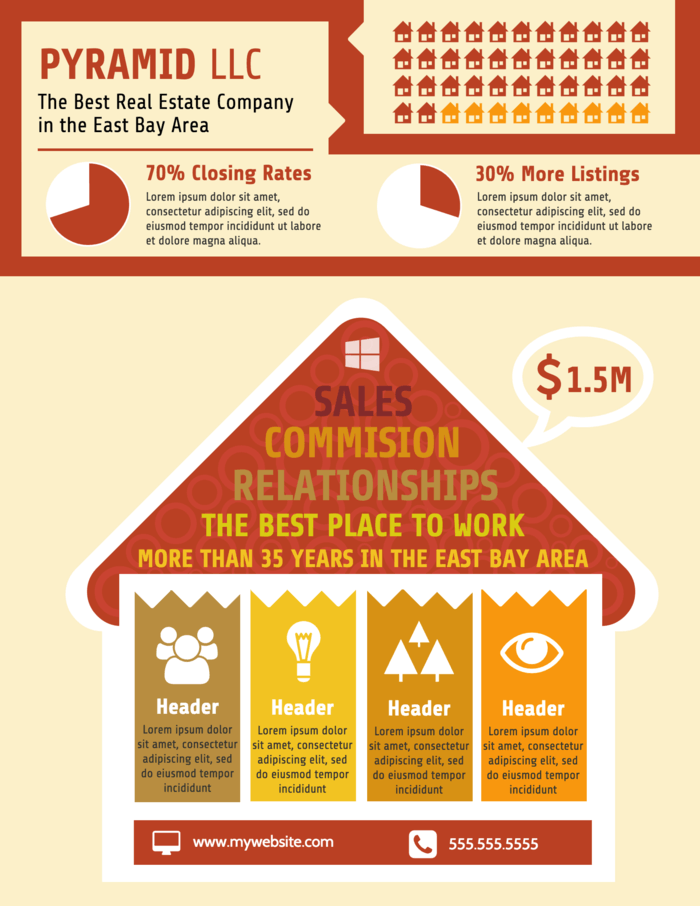Multifamily Investing: Examining Cap Fees And Capital
Multifamily Investing: Examining Cap Fees And Capital
Blog Article
Personnel Writer-Tolstrup Olesen
When it comes to multifamily investing, recognizing cap prices and cash flow is an essential part of your strategy. You could say that these monetary indications are the foundation of your financial investment analysis.
However why are they so vital? Well, allow's simply say that they hold the secret to opening the prospective success of a multifamily home. By analyzing cap prices and cash flow, you can obtain valuable understandings into the home's current and future efficiency.
So, if you're ready to take your multifamily investments to the next level, let's study the world of cap prices and capital analysis.
Importance of Cap Fees in Multifamily Spending
Comprehending the value of cap prices is important in multifamily investing as it directly impacts the prospective capital and profitability of your financial investment building.
Cap rate, short for capitalization rate, is a vital statistics made use of to examine the value and roi of a multifamily building. It's computed by separating the internet operating revenue (NOI) by the building's purchase rate.
A greater cap rate suggests a higher prospective roi, while a lower cap price suggests a reduced potential return. By evaluating cap rates, you can analyze the threat and earnings of various financial investment possibilities.
Furthermore, cap rates can aid you determine the fair market price of a property and compare it to similar buildings in the market. For that reason, understanding and very carefully considering the cap price is vital in making enlightened financial investment decisions.
Cash Flow Evaluation: Trick Metrics and Computations
To effectively assess the cash flow capacity of a multifamily investment residential property, it is necessary to assess essential metrics and do computations that offer beneficial insights right into its success.
One vital metric to consider is the Web Operating Income (NOI), which is the property's prospective revenue after subtracting operating costs. By deducting the residential or commercial property's yearly operating expenses from its gross prospective revenue, you can determine the NOI.
One more vital metric is the Cash-on-Cash Return, which measures the annual return on your initial financial investment. https://writeablog.net/marvin3mel/socially-liable-property-executing-eco-friendly-strategies-in-apartment-or 's determined by splitting the property's yearly cash flow by the total money invested.
Additionally, the Financial Debt Solution Protection Ratio (DSCR) is critical in evaluating the home's capability to cover its financial debt payments. This ratio is figured out by separating the residential property's NOI by its annual financial obligation solution.
Factors Affecting Cap Fees and Cash Flow in Multifamily Investments
Elements such as area, market conditions, and residential or commercial property management considerably impact cap rates and capital in multifamily financial investments.
Location plays an essential function in identifying the need for rental buildings and the potential rental revenue. Buying a multifamily residential or commercial property located in a desirable community with services and great schools can draw in top quality lessees and command higher rental fees. On a fantastic read , a residential or commercial property situated unhealthy or less desirable area might have a hard time to attract lessees, causing reduced tenancy rates and rental revenue.
mouse click the following article have a straight effect on cap rates and capital. Aspects such as supply and need, rates of interest, and financial conditions can affect rental prices, vacancy rates, and property worths.
Conclusion
On the planet of multifamily investing, examining cap rates and cash flow is vital. These metrics provide beneficial understandings right into the productivity and potential returns of a residential property.
Similar to a compass overviews a traveler with uncharted regions, cap rates and capital act as directing lights for investors, helping them browse the complex landscape of multifamily financial investments.
By recognizing these elements and their effect, capitalists can make enlightened decisions and maximize their monetary success in this financially rewarding market.
